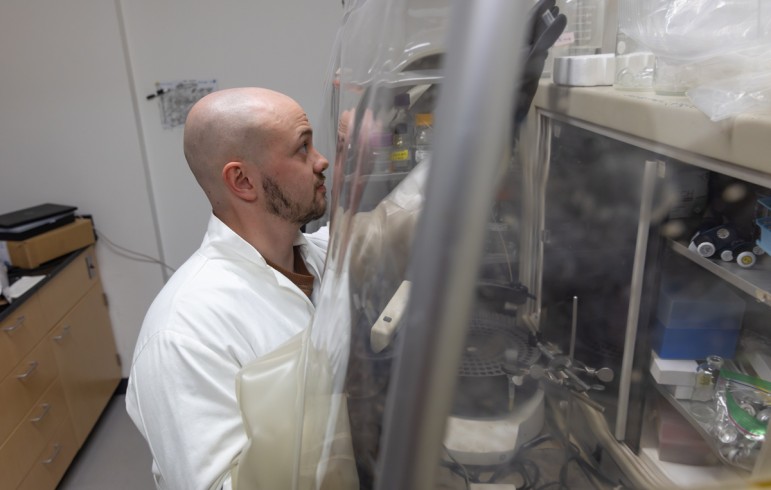When is a wetland a sink and when is a wetland a source?
Researchers at the Wisconsin Energy Institute (WEI) at the University of Wisconsin—Madison are developing an industry partnership that promises to create jobs here in Wisconsin.
When you discover a new organism, you get to name it — but not for yourself. There are rules to the naming business in biology. You can, however, name it for the sponsor of your research.
In a study published March 9 in Nature Chemistry, University of Wisconsin-Madison chemistry Professor Kyoung-Shin Choi presents a new approach to combine solar energy conversion and biomass conversion, two important research areas for renewable energy.
Scientists at the Great Lakes Bioenergy Research Center (GLBRC) reported today the discovery of a chemical compound called poacic acid that could eventually be used as a fungicide in both sustainable and conventional farming.
A new study published March 2, 2015 in Nature Plants shows that hungry, plant-eating insects may limit the ability of forests to take up elevated levels of carbon dioxide in the atmosphere, reducing their capacity to slow human-driven climate change.
The Great Lakes Bioenergy Research Center (GLBRC), one of three bioenergy research centers established in 2007 by the U.S. Department of Energy (DOE), recently celebrated the filing of its 100th patent application.



